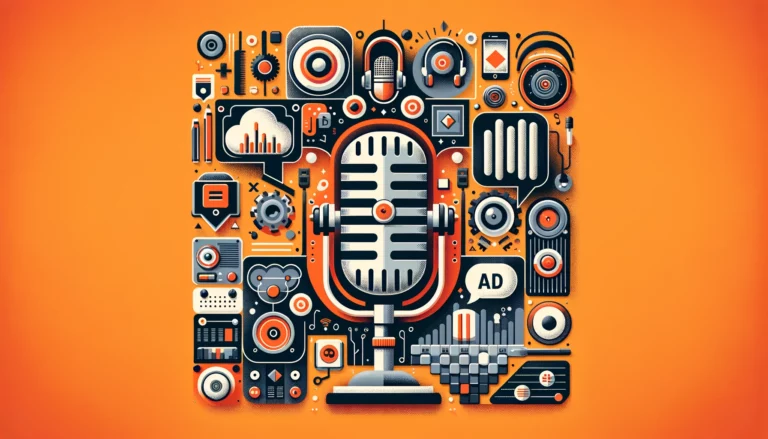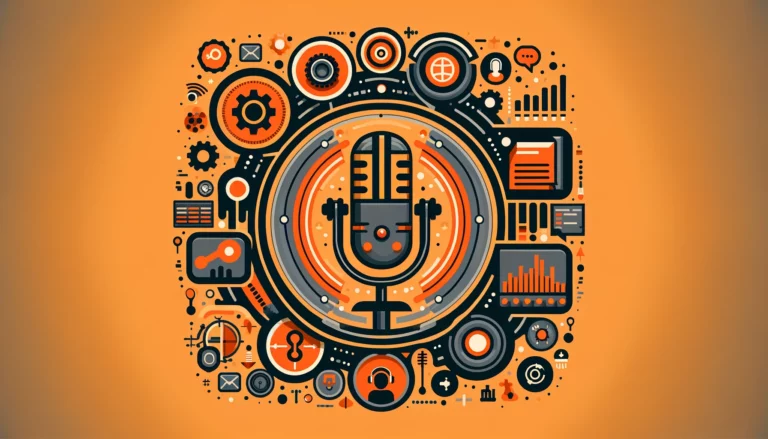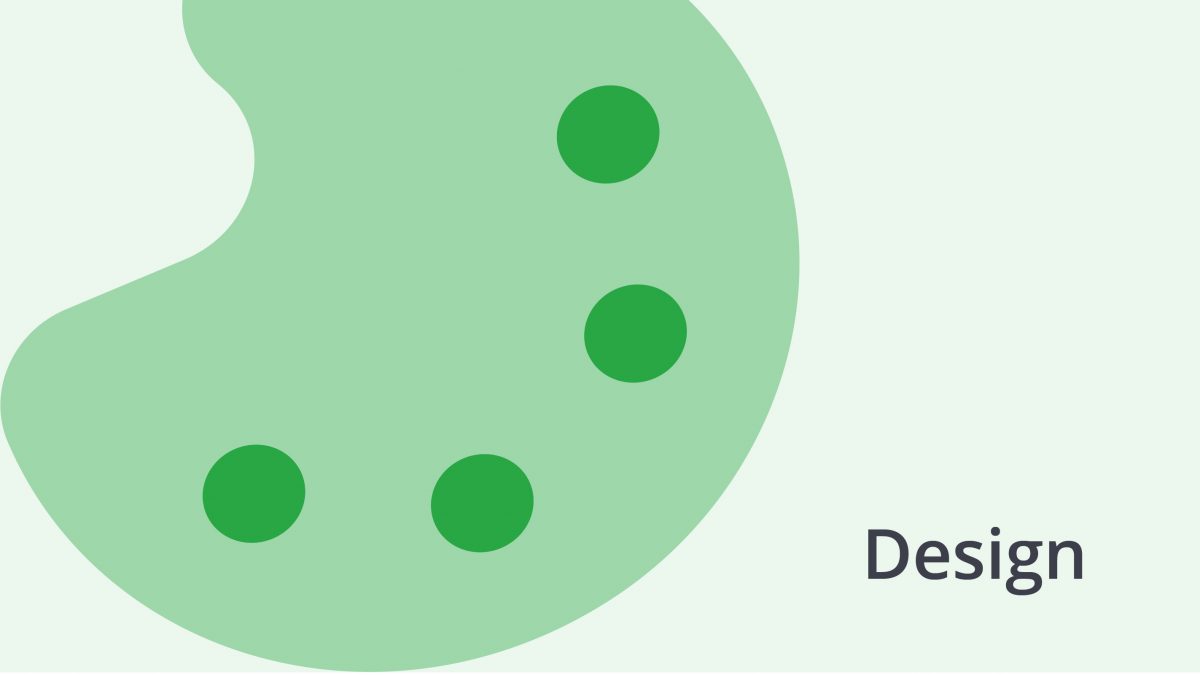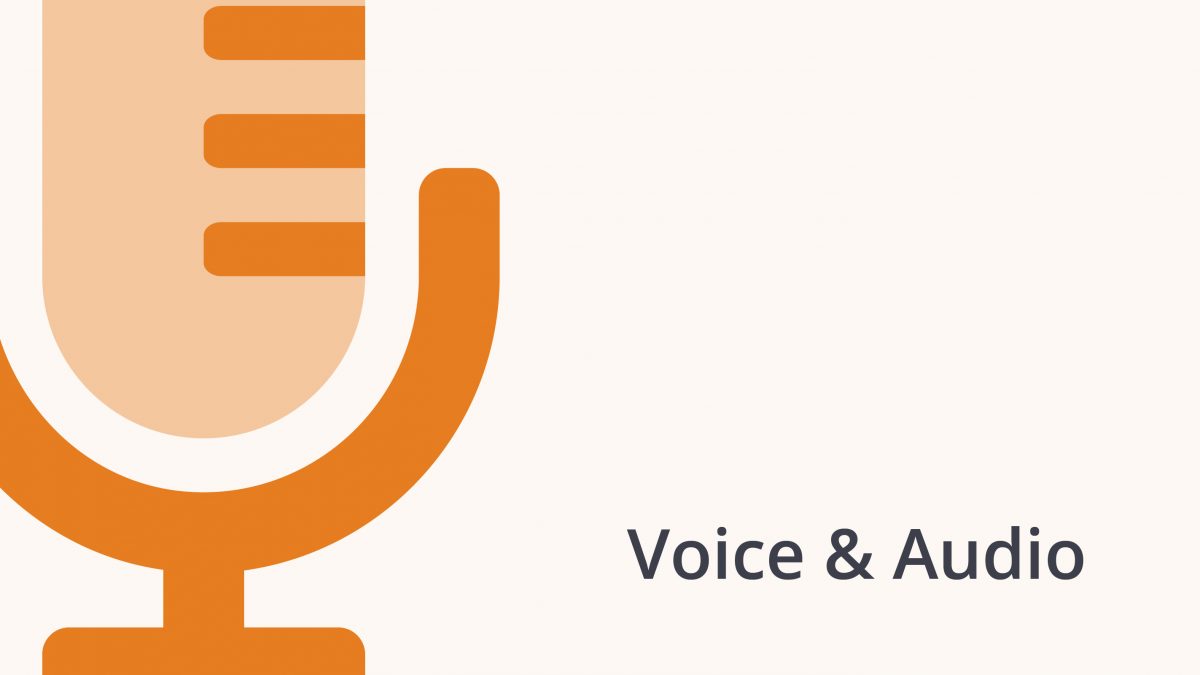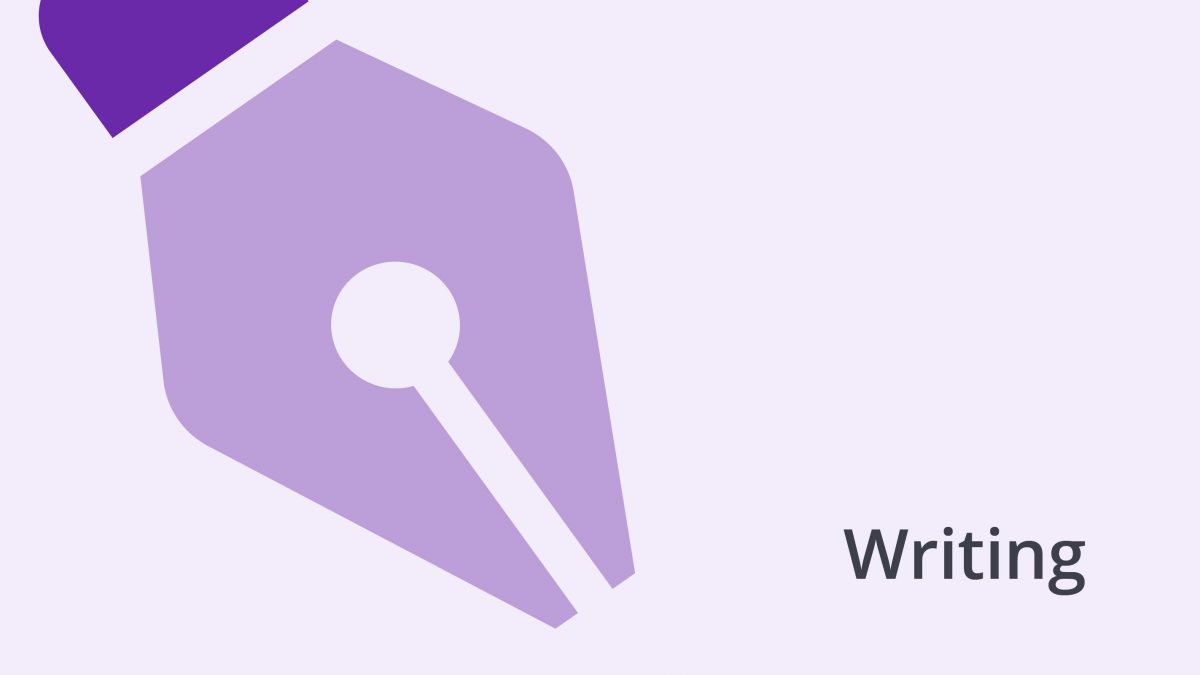Hope springs eternal as humanity maintains that the ugliest language known to mankind is hate. But let’s face it, when it comes to breaking down the barriers of linguistic communication, there’s always that one spoken language that holds a special cringe-worthy place in our stereotypes. It’s not uncommon to see a dyslogistic face at airports, the melting pot of cultures all over the world. Questions, questions. When it comes to the worst-sounding languages of the world, why do we perceive some to be beautiful and yet others grating? What is it about a language’s attributes that really get each person’s goat? And despite them, why should you consider content localization?
History lessons, our personal encounters, or pet peeves, beauty lies in the ear of the beholder. Historical poet and novelist Robert Louis Stevenson said, “All speech, written, spoken, is a dead language until it finds a willing and prepared hearer.” Here, we attempt to decode what determines a language’s appeal. We’ll countdown to the top five most unattractive languages in the world, and ascertain why using them is still necessary.
What Defines a Language
Since the legendary Tower of Babel, the multiplicity of languages has evolved through eras. Today, language can be defined as a tool; A means of communication used by a group of people. This communication is governed by a system of written characters and phonetic sounds to construct complex sentences that convey meaning.
How many Languages Exist?
Today’s twenty-first century parades approximately 7,139 global languages, each making the world a more diverse place embellished by culture, art, and nuances. Knowledge, traditions, and an attachment with the past all contribute to the evolution of a language. Sadly, about 40% of these languages are in danger of disappearing; meaning only a thousand or fewer people speak these languages. When a language dies, the world it is connected to dies with it. Thus, the preservation of a language is important, no matter if it’s the ugliest language in the world.
Language vs Dialect: What’s the Difference?
To date, there is no structured difference between a language and a dialect. Each linguist has his or her own definition for each. However, to most, dialects are spoken varieties of a written language. They usually carry the same roots of a language but have been evolved over time in different geographical locations. Hence, a dialect may be a language, but a language is not necessarily a dialect.
A notorious example of a group of dialects is that of the Chinese language. The written form, Mandarin, is considered a standard dialect recognized by many governments such as Singapore and China. But Cantonese can be found in specific geographical locations such as Hong Kong, Singapore, and Malaysia. Hokkien, another variant of Mandarin, is spoken in Taiwan and Singapore. Both spoken dialects can sound very different although they are written in the same Mandarin character system. Here’s another example: Italian, Spanish, and French were once dialects of the same Latin language. These main tongues today have evolved to become their own languages which in turn spawned new dialects.
What Makes a Language Sound Ugly?
It’s easy to consider something that is not understood as ugly. After all, the foreign ear is not used to hearing alien sounds, and it’s our basic instinct to seek comfort with familiarity. That said, sociolinguists have a different take on what makes a language beautiful or ugly, and here are some factors they’ve considered.

Its Affinity with a Mother Tongue
“Je t’aime.” French is the romantic sound of love to many and said to be one of the most beautiful spoken languages in the world. There’s something musical about its smooth flowing and elegant intonations. Despite it being somewhat of a nasal language, the euphonic language has many captivated with its allure. Linguists believe that most of these, said infatuated, are English speakers. It’s natural to love a language when it sounds similar to one’s mother tongue. Having risen from the same written system, it’s easy to see why Spanish and Italian are too vying contenders on the list of most loved languages, given that English is the most spoken language in the world.
If you dig a tunnel to the far side of the orient, on the other hand, the logic of mother tongue affinity also explains why Mandarin, Cantonese, and Vietnamese are considered grating to the ears for many. Languages that require tones and sounds that are not familiar to the listener’s native tongue tend to be less enticing. It’s easy to see how the abruptly chopped consonants and complicated tonal distinctions make them alien and unnatural to a foreign ear, and therefore, harsh and unappealing. Albeit, many foreigners who have taken up Mandarin have since switched sides on the perspective scale. Understanding the language made them more receptive and adapt to the very different linguistic system.
Its Cultural Stereotype
Fashion week in Paris, a scandal in Moulin Rouge, or picturesque castles; Culture influences the world’s perception of the French language. Ultimately, French is built upon centuries of art, poetry, and music that contributed to its appeal. Sociolinguists say that a language’s attractiveness is constructed by how the listener views the speaker’s community and its group of people.
Over the years, history has created stereotypes based on the World War and each individual’s experience with the language’s speaker. This belief is passed down through generations, which is probably why many people see the German language, or Deutsch, as a guttural, powerful, or aggressive sounding. The same could be said for the Russian language, perceived by many to be abrasive-sounding and crude. After all, Russian is often biasedly linked with its menacing portrayal in Hollywood films.
This creates another explanation of why Asian languages sound less welcoming to many than Western languages and dialects. Human language relies on social convention and learning, and Asian culture tends to be more conservative than Westernized norms. This, of course, impacts an outsider’s perception of a foreign language they do not comprehend. Hence, it can be determined that a language’s attractiveness reflects entirely on the listener’s own background.
The Complexity of Tones & Phonetic Sounds
All spoken languages and dialects have phonemes of at least two types. If you don’t already know, a phoneme is a distinct unit of sound that distinguishes one word from another. Where vowels and consonants are the building blocks of most languages, some languages rely additionally on pitch, duration, stress, and tone to differentiate one word from another.
Such is one of the reasons why Mandarin and its dialect counterparts are ranked the most difficult language to learn globally, and hence, not the particularly well-liked. The same applies to the German language that consists of lengthy words and a combination of unusual consonant clusters. On the opposite end, Italian has few consonant clusters and is considered a beautiful sounding language to many in Europe.
The Ugliest Language in the World: Top 3 Misunderstood Tongues
Let’s be honest. Despite the world’s fascination with identifying the ugliest language, little research can be found on exploring why some languages sound ugly whereas some sound beautiful. After all, the touchy subject can be labeled as discriminatory or intolerant, and most learned linguists wouldn’t come near it with a ten-foot pole. But what others identify as ugly, we see as misunderstood. We summarize here the top five ugliest sounding languages consolidated from netizens.
#1: Mandarin
How Does it Sound to the Foreign Ear?
Described in more ways than one as sounding “full of piss and vinegar,” Mandarin is seemingly a contender for one of the ugliest sounding languages in the world. Many foreign ears often mistake a friendly Mandarin conversation as one of hostility and aggression. But what is it about the language that makes it sound this way?
Why It’s Misunderstood as Ugly
Mandarin is ranked as the most difficult language to learn with more than 54,678 unique characters. To complicate things further, the language is constructed from a completely different grammatical and sentence structure from English, and spoken in four tones. These tones are pitches known as The First Tone/ Flat, the Second Tone/ Rising, the Third Tone/ Falling-rising, and the Forth Tone/ Falling. Unlike English that is spoken in one tone and reflected to carry emotion in any change, these tones are what create the meaning for each Mandarin word.
Consequently, the transitioning second tone, or raising pitch often sounds “suspicious” to the foreign ear. And the fourth tone, or falling tone, is usually interpreted by English speakers as a pitch expressed in anger. With one-third of Chinese characters pronounced in the fourth tone, it’s easy to see why Mandarin is labeled as a harsh and abrupt-sounding language. In truth, the tonal language and its somewhat 200 dialects are simply misunderstood.
Why Mandarin is Important for Localization
Approximately a 1.13billion people speak Mandarin Chinese in the world today. To add to that, only approximately 10 million in that Chinese-speaking population understand English bilingually. This means that any penetration into China’s consumer market requires Mandarin for localization. To find out more about the difference between Mandarin’s two written systems and where to use them, read this article.
#2: German
How Does It Sound to the Foreign Ear?
Some describe German to sound rigid, rough, guttural, and overbearing. The language behavior relates to sounding dominant, loud, angry, and interruptive. The “ch” sound is also foreign to most native tongues and signature to the German aggressive pronunciation.
Why It’s Misunderstood as Ugly
It seems apparent that many who have corresponded with German speakers in English found them to be direct and impolite. But it’s important to note that even though English and German come from the same roots, German grammar, consonant combination, and vocabulary length tend to be more complex than that of English. This makes English a very “short” language in comparison to German.
Of course, the language comes with a historical burden. Perhaps wrongfully born of Hitler’s speeches and recreated by comedians worldwide, Deutsch can often be biasedly described as harsh, tyrannical, and cold. But in truth, modern-day German couldn’t be more different. Seemingly, people who aren’t well-traveled have stuck to this extreme stereotype.
Why German is Important for Localization
German is the second most spoken language with 130 million native speakers in Europe. It is the official language of Germany, Austria, Belgium, Switzerland, Luxembourg, and Lichtenstein, some of the most affluent economies in the world. With an additional ten other countries recognizing German as an official minority language, the “ugly” language is indispensable for any business penetration into the European consumer market. But with over 250 existing German dialects, make sure you get your language right with our guide here.

#3: Arabic
How Does It Sound to the Foreign Ear?
Known to have an impenetrable and complicated written system, Arabic has been described by many to be difficult to master. Others say that glottals and guttural consonants make the language sound like speaking it might be damaging or painful to pronounce in the throat.
Why It’s Misunderstood as Ugly
The Middle East has been a controversial geographical center for many world issues and political affairs. Not surprisingly, Arabic has become one of the most misunderstood languages of all time. In truth, Arabic is simply a difficult language to learn and pronounce. What most people don’t understand tends to be perceived as destabilizing and foreign. Although the Arabic alphabet consists of only 28 letters, the language claims more than a 12-million-word vocabulary.
Why Arabic is Important for Localization
Arabic is the 5th most spoken language in the world with about 422 million speakers. It is the most commonly spoken Semitic language. A total of 25 countries claim Arabic as an official or co-official language. There are five groups of dialects rooting from Arabic, namely Maghrebi, Egyptic, Mesopotamian, Levantine, and Peninsular Arabic. So if you’re looking to do some translations to localize your content, you best know your audience well!
At the End of the Day
When it comes to naming the ugliest language, we say there are none. A different language is simply a different version of life, one seen from another pair of shoes. Regardless of what anyone says, accurate translation is key in preventing any social mishaps. If you’re not looking to invest in a translating firm, affordable platforms like this one might just help you grasp the native tongue. And that goes for dubbing, translation, and even voiceovers. The language we use influences the way we think, and the limits of your language determines the limits of your world, so think big!



